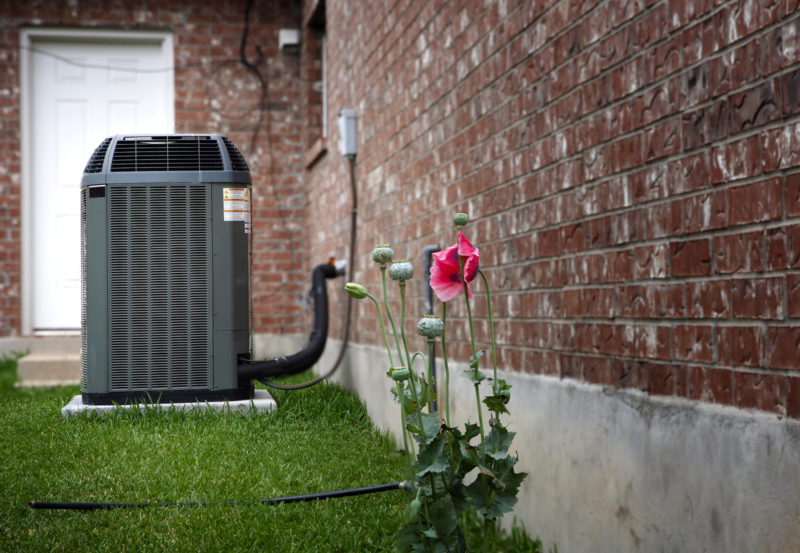
There are many options to save water in your house, including installing an eco-friendly faucet or a showerhead. Leaky faucets or showerheads can waste up to 3,000 gallons of water each year, enough water for 180 showers. Although more upfront costs are higher for eco-friendly improvements to plumbing, they will be much cheaper over the long term.
Reduced volume fixtures
It's a great step to protect the environment by choosing eco-friendly plumbing fixtures. Eco-friendly plumbing practices can have a major impact on water usage and energy consumption. Standard plumbing fixtures and appliances can consume a lot of energy and water, which can negatively impact the environment and increase monthly water bills. Both water and energy consumption can be cut by homeowners who choose to use low volume fixtures.
Showerheads that are low-flow
You can cut down on your monthly water bills by choosing low-flow showerheads. This is a great method to conserve energy. Water requires heat energy, so using less water will result in more energy savings. You will also reduce your CO2 emissions if you use less water.

Waterless urinals
Waterless Urinals are an excellent option for eco-friendly plumbers. They are inexpensive and easy-to-install. They come in many shapes and sizes and are suitable for both residential as well commercial properties. They are also very durable and can last for years.
Toilets with low-flush
A low-flow toilet can be a great way for your household to use less water. Low-flow toilets consume less water per flush and still provide high performance. These models are cheaper and require less plumbing work. They also last up to thirty years. These models can fit in small spaces giving bathrooms a modern and sleeker look.
Appliances rated Energy Star
Energy Star-rated appliances are very efficient and can help you save money. They are made with better components than regular appliances, so they last longer and need less maintenance. This will allow you to save money on your energy bills, and it will also be beneficial for the environment.
Leak monitoring devices
There are many options to detect leaks from eco plumbing. Leak monitoring with a Hydrophone is the most commonly used method. This leak monitoring device makes water leaks sound very small using sensitive microphones. Another method uses a non-toxic pressurized gas to detect leaks. Both of these methods are considered eco-friendly. The leak correlators can also transmit radio signals that pinpoint the location of leaks.

Insulating pipes
You can purchase insulation that can be placed on the ends to protect your pipes against freezing. It is available in long strips that can be bought at most hardware stores. Choose the type with the highest R-value. Once you have chosen the right type, wrap it around your pipe and attach it with duct tape.
FAQ
What's the purpose for the service agreement?
A Service Agreement is used to establish the terms on which your customer will purchase goods from you. It also defines how you will provide those services to them for payment.
A Sales Order Form is the most popular form of this document. This is where you state what products are being purchased by the customer and at what price. Next, list any additional items in the order. This includes delivery costs, VAT and insurance. The last step is to specify when and how the order should arrive.
You can use a different document depending upon the transaction's nature.
If you are offering a service instead of selling products, an invoice might be appropriate.
You would probably use a Purchase Order Form if you buy something from someone else.
Make sure to include all necessary information when you are creating a sales form.
Remember that the buyer will appreciate a more detailed sales order form.
What is a Service Agreement Example?
A service agreement template is a document which contains all details about a specific service agreement. To create a standard agreement, a service agreement template can be used.
Service agreements are crucial because they set the boundaries between two parties.
They aid in understanding the needs and expectations of both parties. They also make sure both sides know what they are agreeing to before they sign the deal.
Are there any additional things I need to consider?
Yes - check your local laws regarding the types of projects you can undertake and the conditions you need to meet. Some states require that you get council approval before you build. Other states say that you only need to notify them of your plans. You can check with the local authorities for their views on this issue.
Statistics
- Don't take their anger personally, they are mad about the situation 99% of the time. (activatemylicense.com)
- (1) Ascertain the extent to that offers are based on the payment of overtime and shift premiums; and (2) Negotiate contract prices or estimated costs without these premiums or obtain the requirement from other sources. (acquisition.gov)
- (ii) Name, address, and telephone number of each proposed first-tier subcontractor with a proposed subcontract estimated at $10 million or more. (acquisition.gov)
- (d) Contractor disputes related to compliance with its obligation shall be handled according to the rules, regulations, and relevant orders of the Secretary of Labor (see 41 CFR60-1.1). (acquisition.gov)
- (v) Place or places of performance of the prime contract and first-tier subcontracts estimated at $10 million or more, if known. (acquisition.gov)
External Links
How To
What should a service agreement include?
An SA is a key component of any business relationship. It sets out what you expect from one another and how you intend to achieve these expectations. The SA also defines when and where you expect the other party to deliver on its contractual obligations.
A successful SA must include these key elements:
-
Both parties will agree to the scope of work.
-
Payment terms details, including start date and expiration dates for goods/services.
-
A project cost agreement.
-
Any additional costs such as VAT etc.
-
Whether there is anything else that needs to be discussed.
-
Who is responsible if the job goes wrong?
-
How disputes will be settled
-
What happens to a contract breached by one party?
-
What happens when there is a disagreement?
-
When does this contract go into effect
-
What happens if a party doesn't perform.
-
What time do you need to pay your invoices?
-
Who pays for things like travel expenses.
-
Where the money came from.
-
What happens when the client has a change of mind?
-
What happens if your supplier doesn't show up?
-
Who has access during construction to the site?
-
What happens if the client cancels the project?
-
What happens if the product is faulty.
-
What happens when the manufacturer refuses supply?
-
What happens if your equipment breaks down?
-
What happens if the project is delayed?
-
What happens if work isn’t completed in the timeframe agreed upon?
-
What happens to the project if it isn't up-to-standard?
-
What happens if costs exceed expectations?
-
What happens if materials are not delivered on time?
-
What happens if the material arrives damaged?
-
What happens if the products aren't up to standard?
-
What happens if the job is canceled before completion.
-
What happens if the business goes under?